
Eliminate Moisture-Related Defects
with Precision Dry Cabinet Storage
Stop Wasting Resources on Micro-Cracking, Popcorning, and Component Failure.
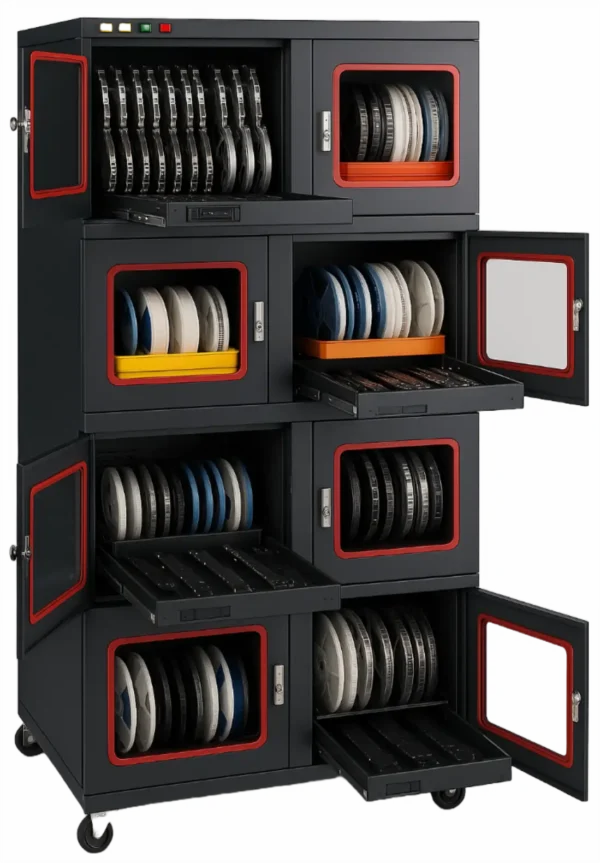
What are Dry Cabinets?
In high-tech manufacturing, moisture is a silent threat that compromises component reliability and devastates yields. For professionals in electronics, aerospace, defense, and pharmaceutical labs, preventing moisture damage isn’t just a goal, it’s a requirement. We provide robust, reliable dry cabinet solutions engineered for the most demanding applications, ensuring your moisture-sensitive devices (MSDs) are protected and your processes remain compliant with critical standards like IPC/JEDEC J-STD-033
Desiccant Dry Cabinets, Baking Dry Cabinets and Nitrogen Cabinets are specially designed Humidity Controlled Cabinets that regulate humidity levels and maintaining an ultra-low moisture environment. Using a combination of advanced technologies such as desiccant drying systems, nitrogen gas purging, or intelligent Humidity Management Software, these electronic dry cabinets can protect sensitive items from moisture-induced degradation.
Humidity Controlled Cabinets are widely used to store moisture-sensitive devices (MSDs), pharmaceuticals, 3D printing materials, and surface mount technology (SMT) components. They are vital for preventing issues like oxidation, corrosion, and defects in precision materials.
Why is humidity controlled storage Important?
Industries dealing with moisture-sensitive materials cannot afford environmental inconsistencies. Improper storage leads to compromised quality and costly losses. Here’s why Desiccant and Nitrogen Purge Systems are an essential investment:
They safeguard sensitive components like semiconductors, pharmaceutical compounds, and filaments for 3D printers
Humidity control is often a compliance requirement in pharmaceuticals, electronics, and additive manufacturing.
By maintaining optimal material conditions, dry cabinets reduce production delays and costly defects.
They extend the lifespan of expensive equipment, materials, and manufactured products.
The Importance of Dry Storage Across Critical Industries
In today’s fast-paced industries—ranging from electronics manufacturing to pharmaceutical storage and 3D printing, maintaining the integrity of materials is crucial. Excess moisture can wreak havoc, leading to corrosion, reduced quality, and costly damages. That’s where our Line of Dr. Storage Humidity Controlled Cabinets, come into play. They offer precise humidity control at all times, ensuring that sensitive items remain safe, stable, and ready for use.
At SMTDryBoxes.com, we specialize in providing top-quality and affordable humidity controlled cabinets tailored for industries like Electronics Manufacturing, Pharmaceuticals, Aviation, Defense, Additive Manufacturing, and more.

Precision Moisture Control for Every Application
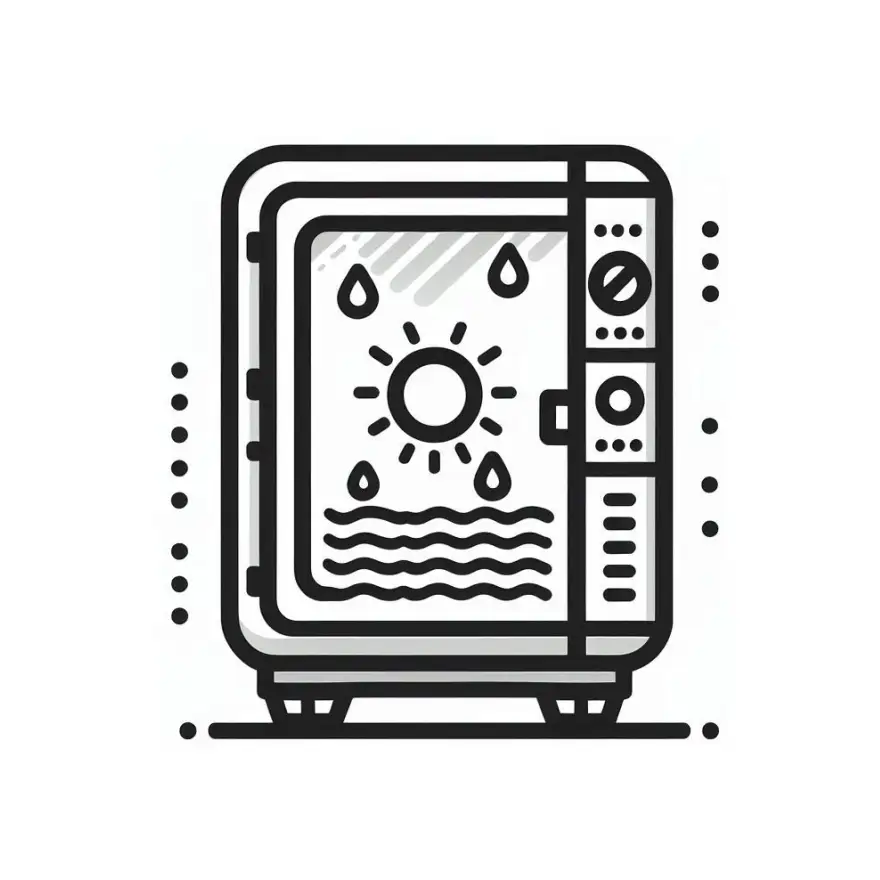
Desiccant Cabinets
A desiccant storage cabinet is an enclosed, humidity-controlled unit designed to protect moisture-sensitive materials. By maintaining the specified humidity levels, they ensure manufacturers comply with the industry standards, guaranteeing the quality and reliability of their electronic assemblies.
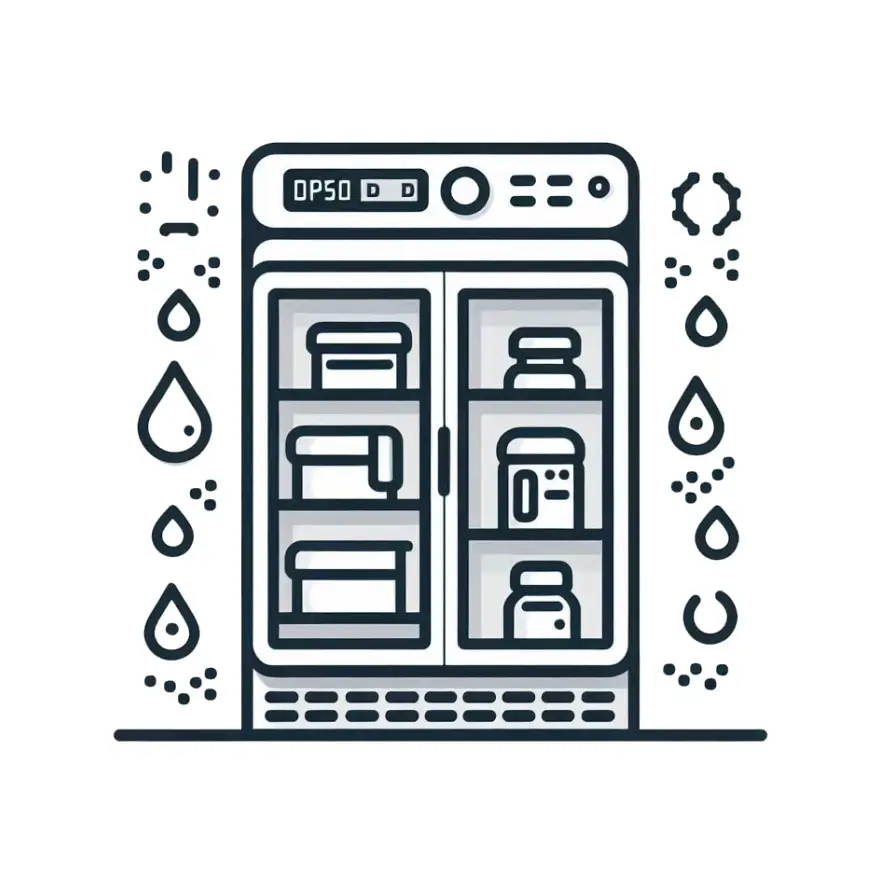
Baking Dry Cabinets
A baking cabinet is a specialized storage unit that combines controlled heat with desiccant based de-humidification.
It’s used to remove moisture from moisture-sensitive components, particularly in electronics manufacturing, optics storage, and pharmaceuticals device industries.
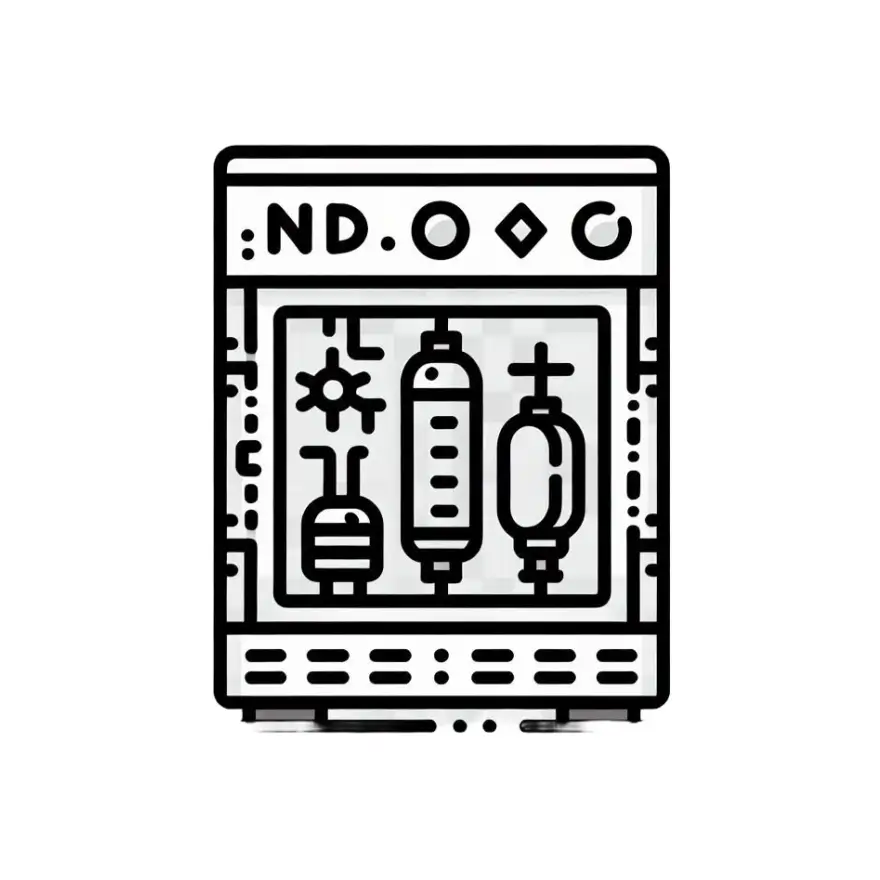
Nitrogen Cabinets
A nitrogen cabinet is a specialized storage unit that uses nitrogen gas to create and maintain an extremely low-humidity, oxygen-free environment. Unlike desiccant cabinets that remove moisture, nitrogen cabinets displace the ambient air with nitrogen, which is inherently dry and inert.
SMT Dry Boxes Advanced Options
Additional Dry Cabinet Upgrades
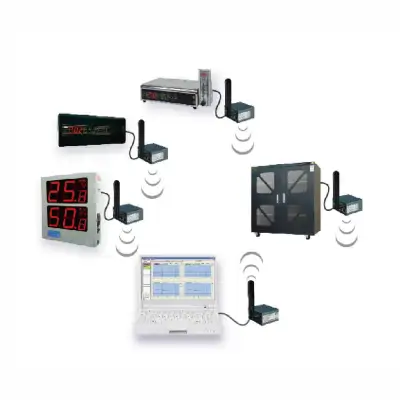
SensorLook Monitoring System
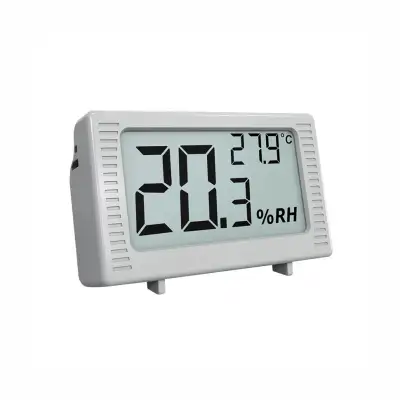
CP 3U3 Hygrometer
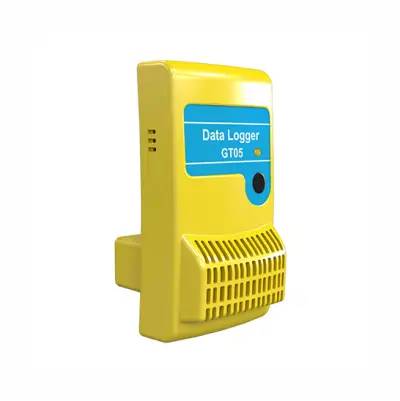
GT05 Data Logger
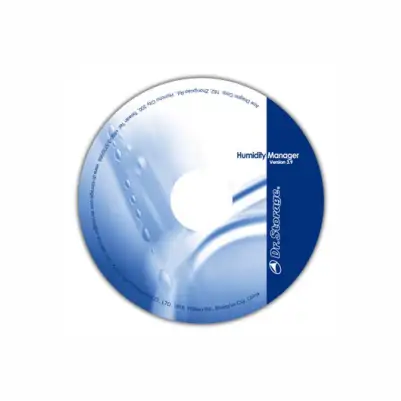
Humidity Manager Software
Benefits of Dry Cabinets for Key Industries
Electronics & SMT Components
Electronic components, such as MSDs and circuit boards, are highly sensitive to humidity. Electronic Dry Cabinet prevents soldering defects, oxidation, and failures caused by moisture exposure, ensuring quality and functionality during assembly.
Pharmaceuticals
Pharmaceuticals demand strict environmental controls to maintain efficacy. Humidity controlled cabinets protect compounds, medications, and equipment from moisture contamination, supporting safety and compliance.
3D Printing Materials
Filaments like PLA, ABS, and nylon absorb moisture, causing printing errors and poor-quality outputs. By using a humidity controlled cabinet, 3D printing professionals can maintain material integrity.
Precision Manufacturing
Industries like aerospace and automotive depend on humidity controlled storage to prevent material degradation, ensuring consistency and precision in final products.
Laboratory Applications
In laboratories, chemicals and reagents require stable environments to prevent degradation, contamination, or spoilage. Desiccant Cabinets, Baking Dry Cabinets and Nitrogen Cabinets deliver unmatched reliability.
Why Choose SMTDryBoxes.com?
At SMTDryBoxes.com, we understand the critical nature of moisture-sensitive storage. Our range of affordable Dr. Storage humidity controlled storage solutions are engineered to meet diverse industry needs with features like:
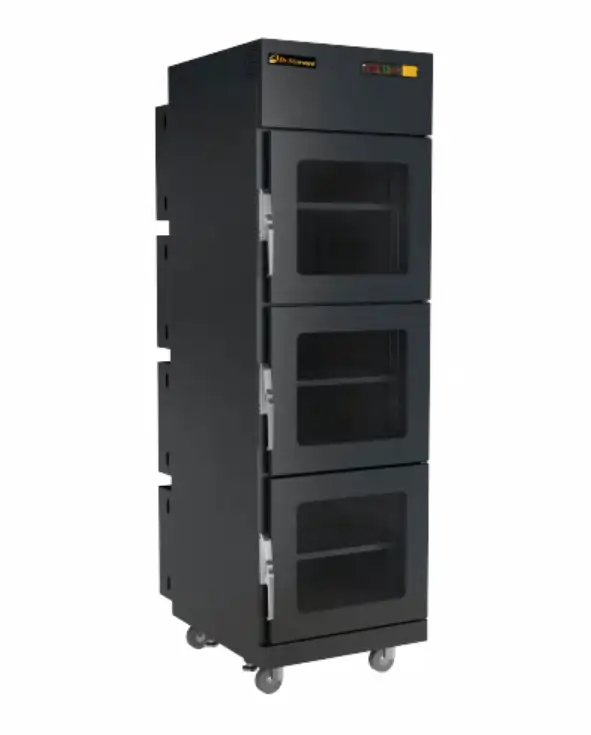
Advanced Humidity Control
Using desiccant technology or nitrogen purging for ultra-low moisture environments. We also offer accessories and upgrades.
Durability & Quality
Reliable construction that withstands demanding applications.
Customizable Options
Tailored for electronics, medical, and industrial use. Storage bins, adjustable shelves, sliding drawers, anti-static wheels and paint.
Energy Efficiency
Designed for consistent performance with minimal energy consumption.
Explore Premium
Dry Cabinets Today
Whether you’re in electronics manufacturing, pharmaceuticals, 3D printing, aviation, camera storage or any related industry, proper storage is key.
At SMTDryBoxes.com, we offer a comprehensive selection of high-performance desiccant, baking and nitrogen technologies to protect your sensitive materials, prevent costly damage, and improve operational efficiency.
Explore our Dr. Storage humidity controlled storage solutions and find the right dry cabinet for your business today. Don’t let moisture compromise your quality, choose a Dr.Storage Dry Cabinet for reliable, effective, and affordable dry storage technology.
